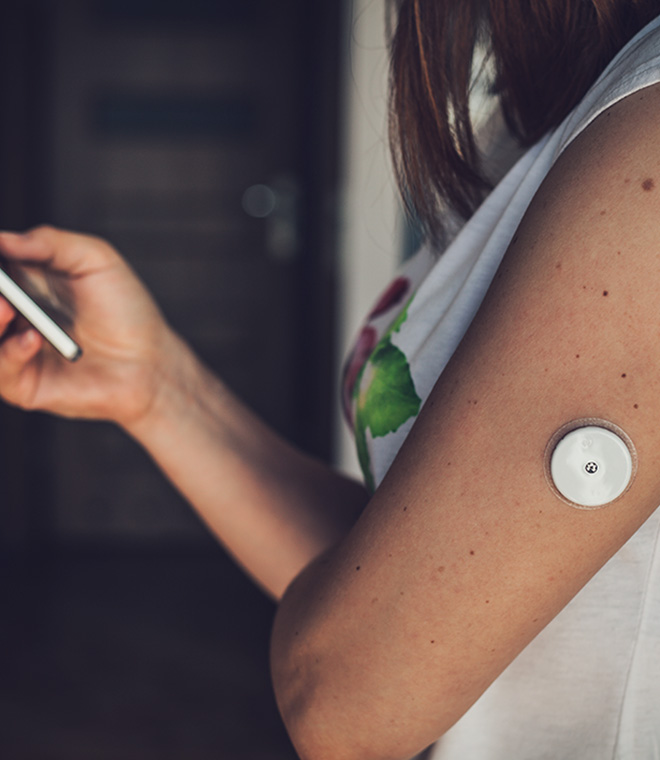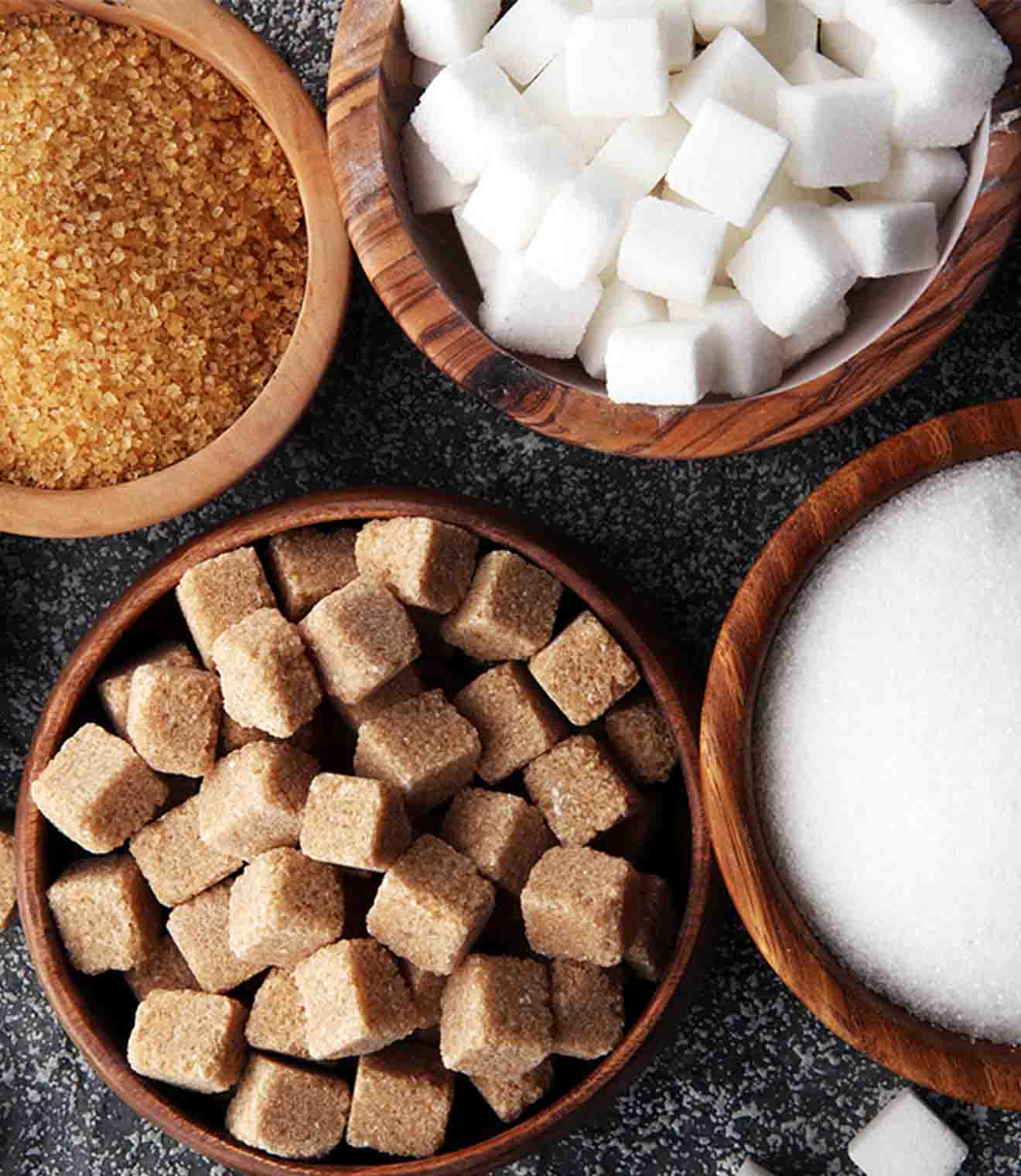Health
Your diabetes superpower: Help manage blood sugar by what goes on your plate
By Julie Davis Canter Aug 11, 2022 • 5 min
You have a secret weapon in the fight against high blood sugar—choosing foods at meals and snacks that can help keep your blood sugar in a healthy range. Eating healthy is an important step you can take to help manage diabetes, prevent complications and boost your overall well-being. More good news: You don’t have to give up all of your favorites.
Become more carb-conscious
Carbs affect blood sugar levels more than fats or proteins because they turn into glucose (sugar) in the body. However, not all carbs are the same. Sweets like cake and candy, as well as sweet drinks like soda and fruit juice raise blood sugar quickly, but so do white bread and pasta, because they’re made from refined flour. Starchy vegetables, like white potatoes and corn, are foods that tend to raise blood sugar more than non-starchy ones, like broccoli and spinach.
What makes the difference? Part of the answer is fiber. A type of carb, fiber isn’t digested the way other carbs are, and that helps slow their digestion. High-fiber foods include:
- Whole grains, including oats
- Legumes like dried beans, split peas and lentils
- Vegetables such as spinach, broccoli and carrots
- Fruits such as bananas, pears and apples
Add healthy proteins and fats to your plate
Eating these foods with carbs can slow down how quickly your blood sugar rises. By the way, fat isn’t the enemy. Choose healthy unsaturated fats, typically from plant-based foods, over the saturated fat found in animal-based foods.
Healthy fats:
- Olive, safflower and canola oils
- Avocados
- Peanuts, peanut butter and peanut oil
- Nuts and seeds, especially walnuts, flax seeds and sunflower seeds
Limit butter and cream, stick margarine, lard and shortening.
Healthy proteins from the meat and dairy groups:
- Chicken and turkey without the skin
- Fish, including salmon, tuna and mackerel, with omega-3 fatty acids
- Lean meats
- Tofu
- Eggs
- Nonfat or low-fat dairy, like milk and Greek yogurt
Your prep method matters, too—broil, poach, steam, bake and roast rather than fry.
Three methods that may help you stay on track
Counting carbs. Much as you would count calories, counting carb grams is one way to help manage blood sugar. Daily carb intake often needs to be personalized, because the amount of carbs you can eat and still stay in a healthy blood sugar range depends on factors unique to you, like your age, your weight and how active you are.
The diabetes plate method. To cap the higher-carb foods most likely to have the highest impact on your blood sugar, try eating smaller portions of them. The plate method takes guesswork out if it. Limit grains and other starchy carbs to one quarter of a 9-inch plate. Fill another quarter with healthy protein foods and the remaining half with non-starchy vegetables.
Choose a healthy eating pattern that works for you. There are many healthful diets that help with managing diabetes, such as the Mediterranean diet, the DASH eating plan and the flexitarian diet, which is a less strict version of a vegetarian diet. Whatever eating pattern you choose, be sure to include plenty of non-starchy vegetables, fewer added sugars and refined grains, and focus on whole, minimally processed foods.
Working with a registered dietitian nutritionist (RDN) or a certified diabetes care and education specialist (CDCES) can help you find an eating plan that fits your unique needs. In fact, before making any changes to your diet, be sure to talk with your diabetes healthcare team.
Published August 2022.
Sources:
- https://www.niddk.nih.gov/health-information/diabetes/overview/diet-eating-physical-activity
- https://www.diabetes.org/healthy-living/recipes-nutrition/eating-well/non-starchy-vegetables
- https://www.niddk.nih.gov/health-information/diabetes/overview/managing-diabetes
- https://www.cdc.gov/diabetes/library/features/role-of-fiber.html
- https://www.diabetes.org/healthy-living/recipes-nutrition/eating-well/fats
- https://www.ncbi.nlm.nih.gov/books/NBK279012/
- https://www.diabetes.org/healthy-living/recipes-nutrition/meal-planning/go-heart-healthy
- https://www.cdc.gov/diabetes/managing/manage-blood-sugar.html
- https://www.diabetes.org/healthy-living/recipes-nutrition
- https://www.cdc.gov/diabetes/pdfs/managing/Tasty_Recipes_for_People_with_Diabetes-508.pdf



